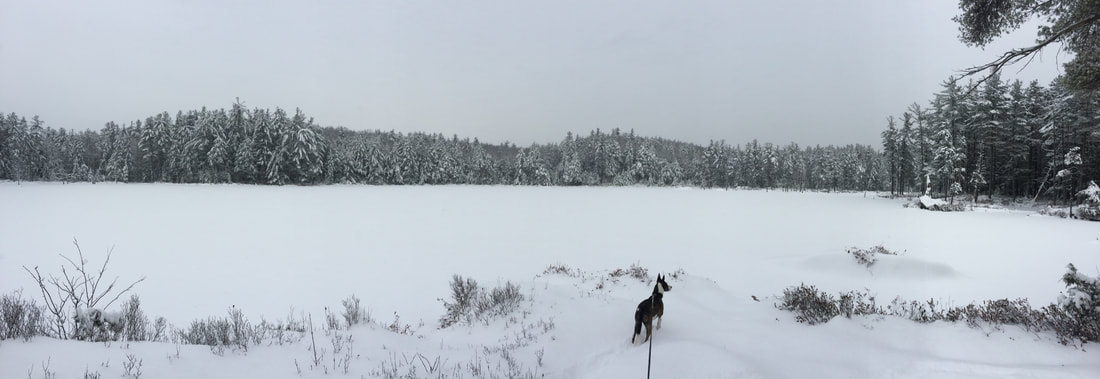|
After a wonderful and tiring holiday show season, I did a bit of a creative cleanse. Instead of going right back to my dyes and yarn, I picked up a pencil and some wood gouges and put form to some of the ideas in the book Sacred Economics by Charles Eisenstein. My ongoing curiosity with alternative economics and my dis-ease with money as it is, brought me to the book some time ago. I ran the idea of creating the currency that would embody a sacred economic system by my friend John Vincent, who runs A Revolutionary Press in New Haven, Vermont. His press is a non-profit that prints broadsides with broad revolutionary themes and funnels all of its profits to front line social and environmental organizations. He encouraged me to explore the ideas visually, and when I had a design, we collaborated via email to set type to fill in the spaces of my woodblock print. On the frigid and beautiful day of January 11th, I drove up to his shop and we minted the first run of our currency. It was a 5-step, 12-hour process to print about 70 double-sided pieces with the woodblocks, letterpress type and die cut. Since then John has minted about 350 more.
2 Comments
This Christmas finds me thinking deeply about gifts. Not the wrapped items under the tree so much as a philosophy built on a virtuous circle of generosity. And a system called the Gift Economy, which acts on an entirely different axis than our capitalist economy. Thwarted by a snow storm from visiting family today, my dog and I opted for a long snowshoe up the ridge behind my house to the Lily Pond. It’s a familiar tromp for me and it was fun to say hi to the spots where I picked dye mushrooms just a few months ago now all blanketed in white. When I collect wild stuff for dyes, I don’t pay for it. But I do pay attention to what I am doing, acknowledge the joy of discovery, take a moment to study the living plant or mushroom before I pick it, and make sure to never take more than would be sustainable for a particular patch. When I started foraging a few years ago, I could sense first-hand what it felt like to be greedy with Nature’s gifts. The usually enjoyable activity of walking in the woods felt icky if I was trying to load up on and possess these scarce and beautiful beings that were sitting so perfectly in their home environments. I’ve been reading Robin Wall Kimmerer’s Braiding Sweetgrass which has given not only validation to my practice of paying attention to how I forage, but a framework for reciprocity with the land based on the concept of the gift economy. By taking the time to have a relationship with the wildflower and mushroom patches year after year, I learn their habits, can watch when and where they appear, if they seem stressed or vigorous, and only if there is a bounty do I read it as being a gift for me to gather. In turn, I do what I can to protect and enhance their environments and I spread their spores and seeds through the slats of my baskets. They should flourish more and more through the attention and respect I offer. I don’t need huge quantities of any of these precious dye bearing bodies to make the quantities of hats that I do, and I let what is plentiful dictate what colors will populate the patterns.
|
AuthorHannah Regier Archives
May 2023
Categories
All
|




 RSS Feed
RSS Feed